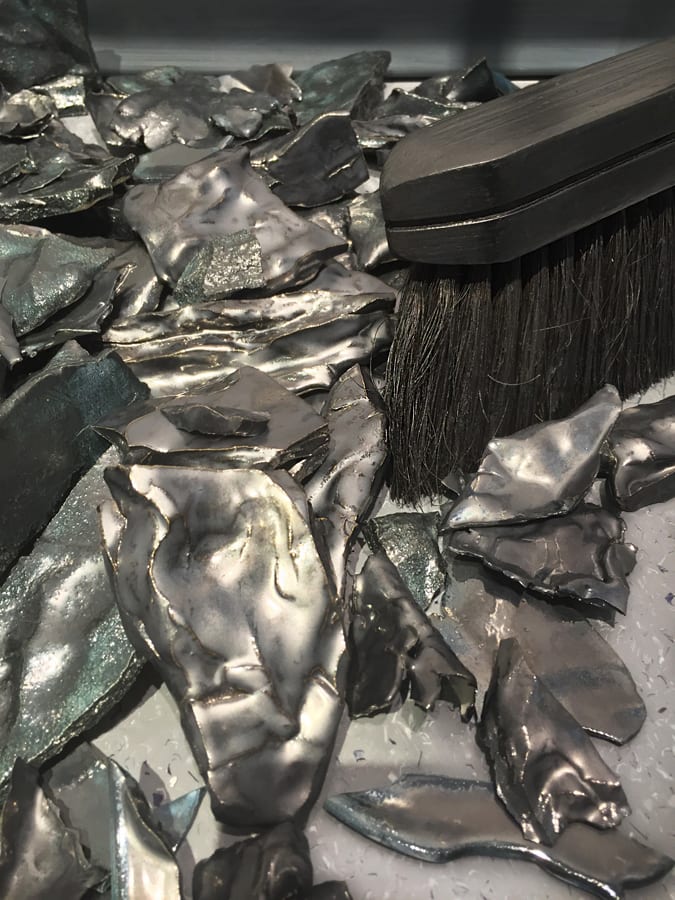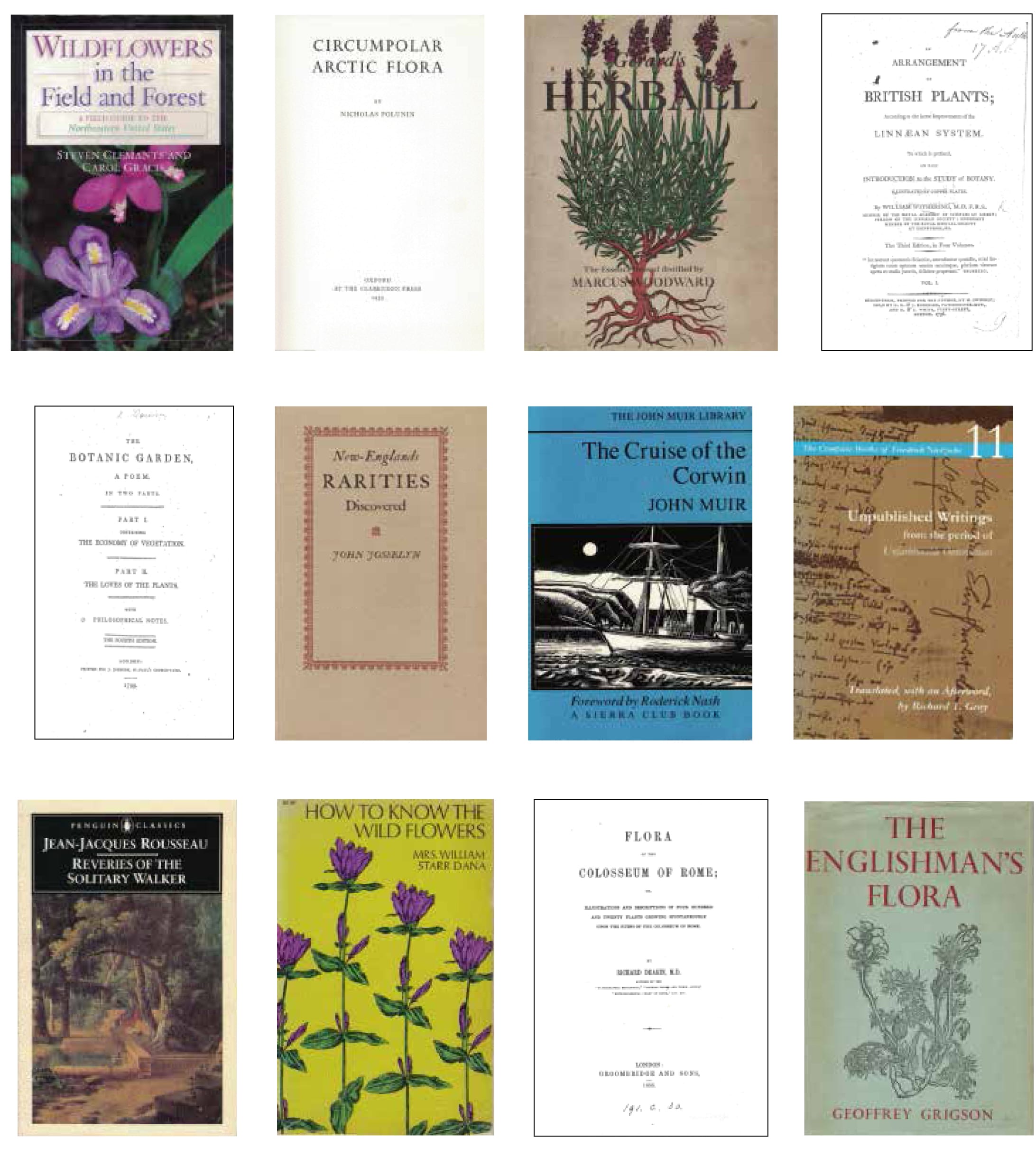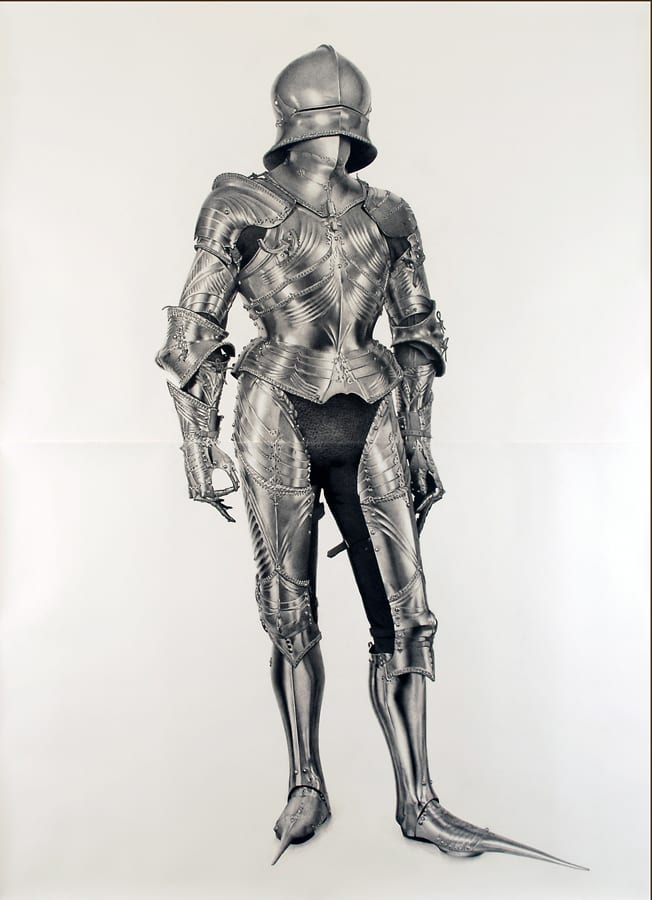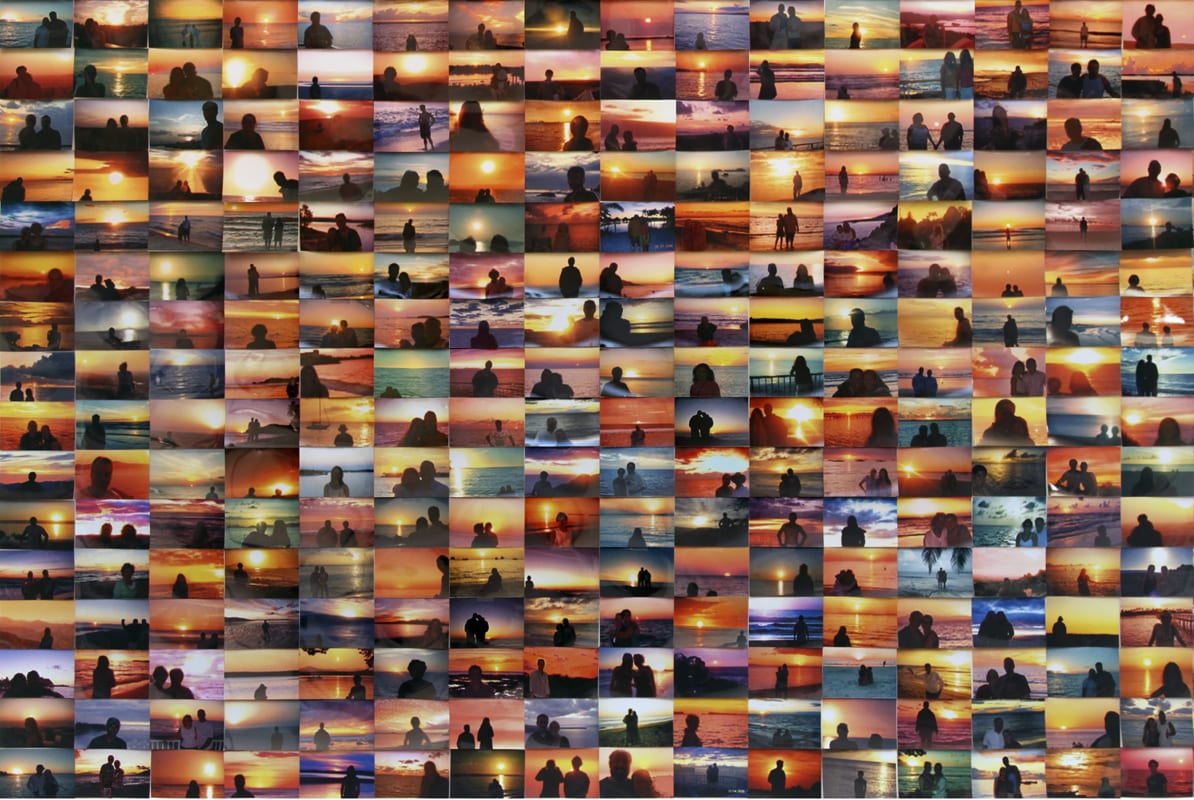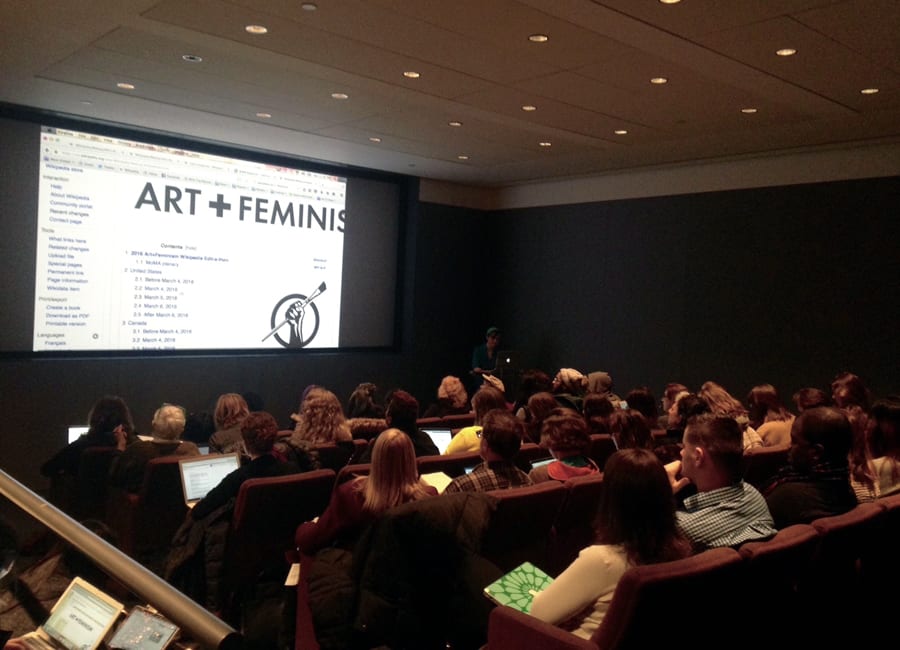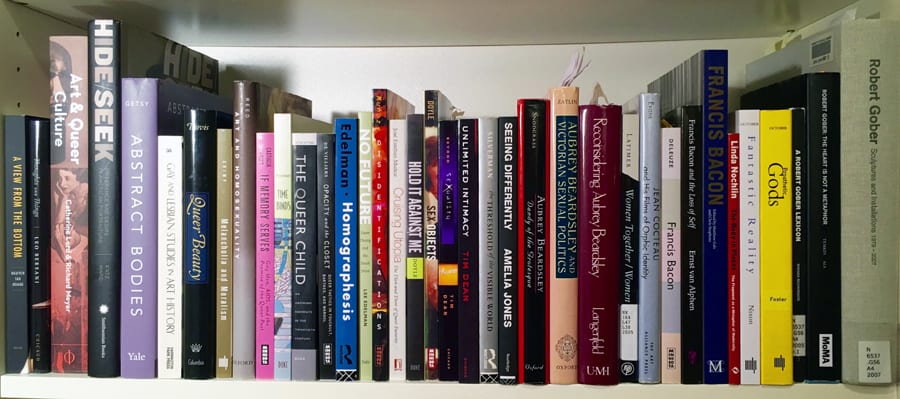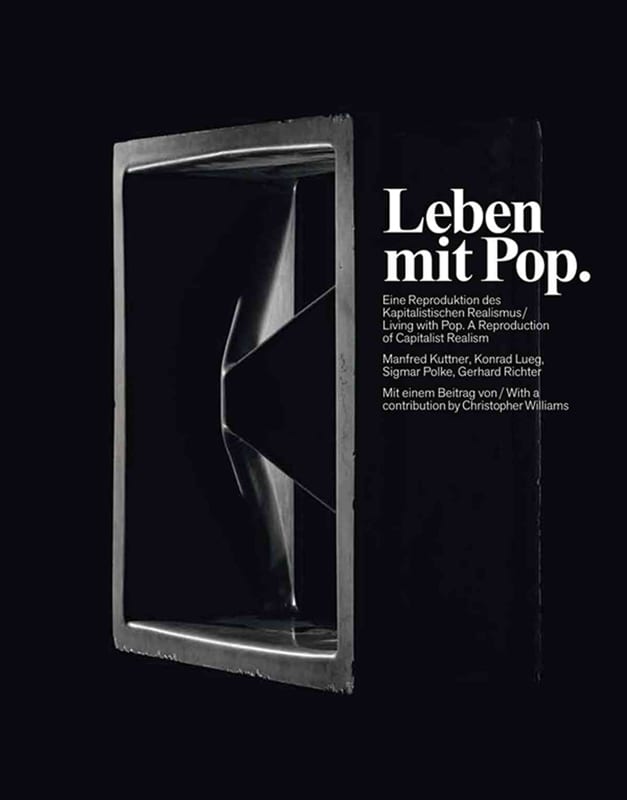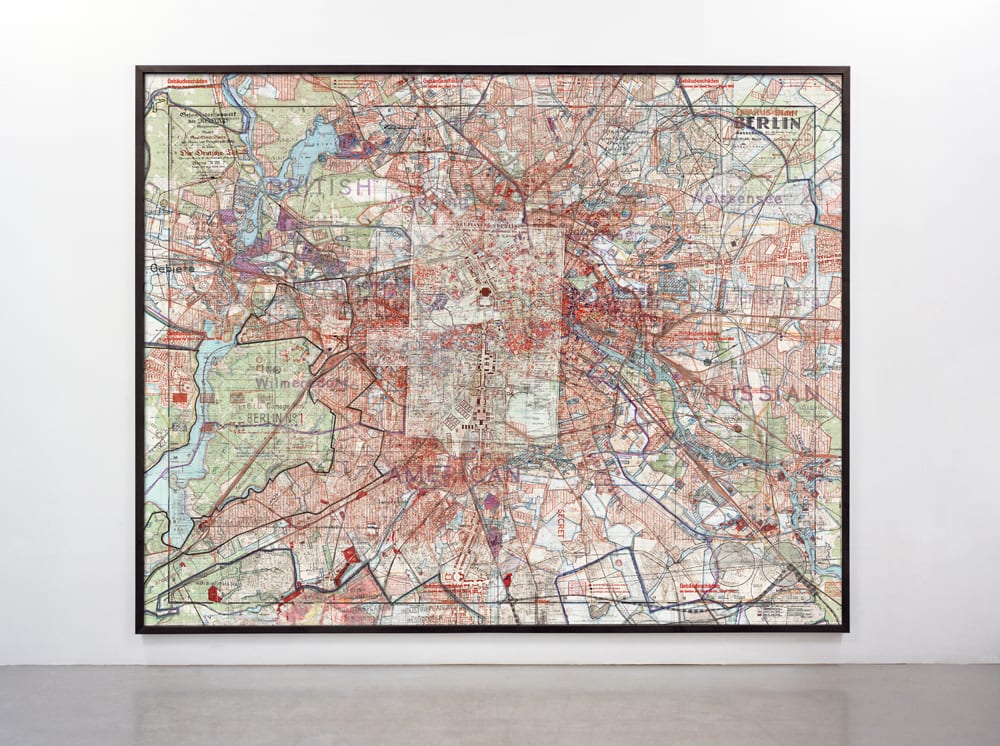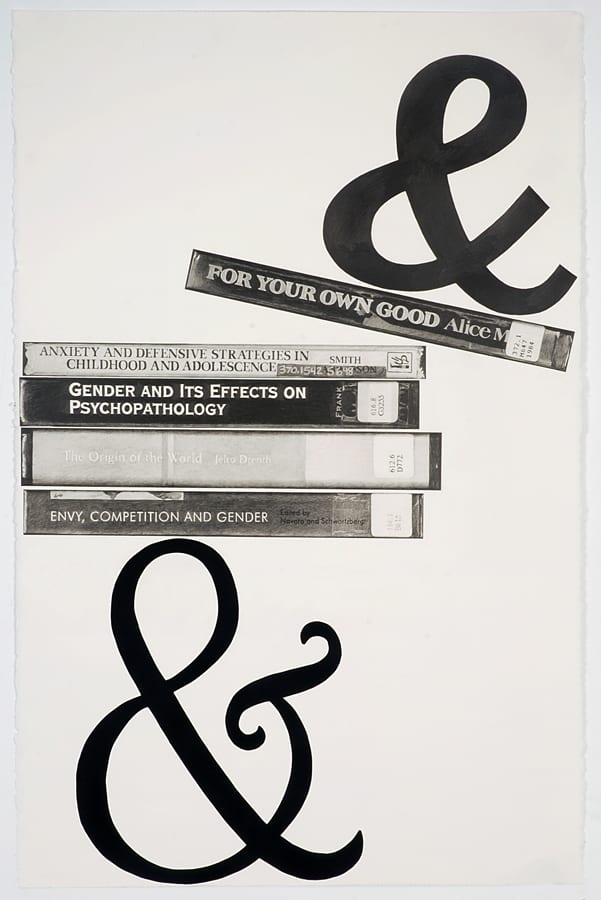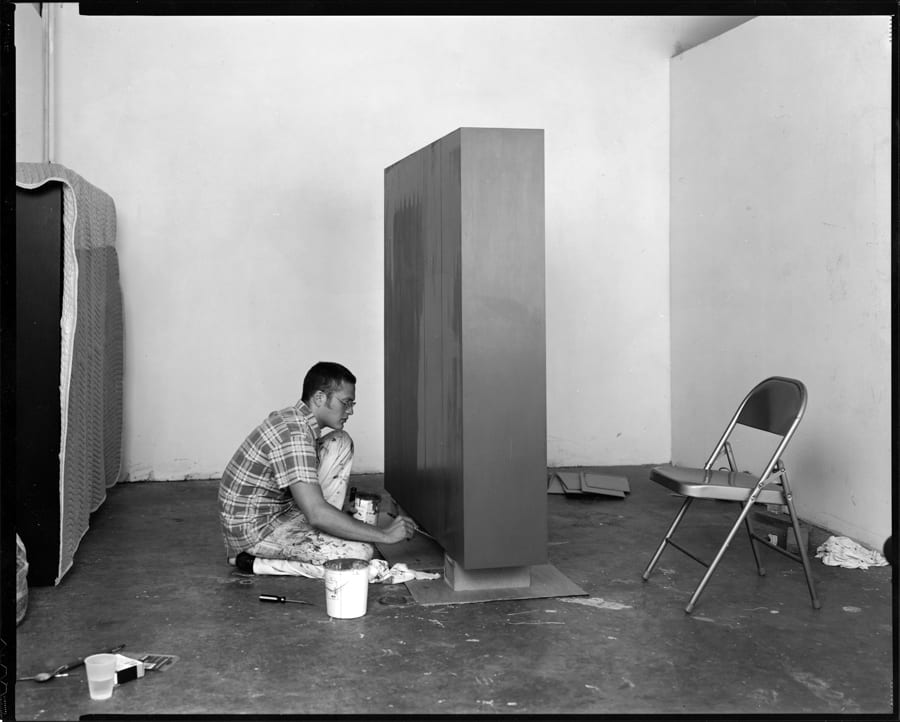By Caitlin Masley-Charlet
Caitlin Masley-Charlet, deputy director of Guttenberg Arts (Guttenberg, NJ), speaks with artist Diana Shpungin about her experiences as an artist-in-residence at Guttenberg Arts and other programs, artistic community, and the importance of having space for experimentation. This is the first conversation in a four-part series by Caitlin Masley-Charlet, focusing on artists who were recently in residence at Guttenberg Arts.
Knight’s Heritage: Karl Haendel and the Legacy of Appropriation, Episode Three, 2013
By Natilee Harren
In “Episode Three, 2013,” Natilee Harren looks at artist Karl Haendel’s practice of appropriation within the context of today’s image culture. This is the third and final part of her essay, “Karl Haendel and the Legacy of Appropriation.”
Response to Natilee Harren’s “Knight’s Heritage: Karl Haendel and the Legacy of Appropriation, Episode Three, 2013”
By Nate Harrison
Nate Harrison responds to “Episode Three, 2013,” the third and final part of Natilee Harren’s essay, “Karl Haendel and the Legacy of Appropriation.”
The Arctic Plants of New York City: An Annotated Bibliography
By James Walsh
I’ve been working since 2008 on a long, complex project centered on plants that grow in both the arctic (I always use the lowercase) and New York City, of which there are a surprising number. Along with identifying and pressing these plants, I’ve been reading eighteenth-century herbals and floras and more recent works on edible plants and botany generally, and have had a particular interest in mental travel and in writers who combine botany and literature.
Knight’s Heritage: Karl Haendel and the Legacy of Appropriation, Episode Two, 2012
By Natilee Harren
In “Episode Two” of her three-part essay, “Knight’s Heritage: Karl Haendel and the Legacy of Appropriation,” Natilee Harren explores appropriation, artistic heritage, and medieval suits of armor through the context of an encounter between Karl Haendel and an artist of an earlier generation, Robert Longo.
Response to Natilee Harren’s “Knight’s Heritage: Karl Haendel and the Legacy of Appropriation, Episode Two, 2012”
By Nate Harrison
Nate Harrison responds to “Episode Two, 2012,” the second part of Natilee Harren’s essay, “Knight’s Heritage: Karl Haendel and the Legacy of Appropriation.”
Wikipedia Needs You, But Do You Need Wikipedia?
By Chelsea Spengemann
Chelsea Spengemann on the Art+Feminism Wikipedia Edit-a-thon held at the Museum of Modern Art on March 5, 2016.
Bookshelf: Jongwoo Jeremy Kim
For this new installment of Art Journal Open Bookshelf, Jongwoo Jeremy Kim shares his reading list.
Leaving Düsseldorf
By Godfre Leung
Godfre Leung reviews Sabine Breitwieser, Laura J. Hoptman, Michael Darling, and Jeffrey D. Grove, Isa Genzken: Retrospective, and the exhibition Isa Genzken: Retrospective; Kathy Halbreich, ed., Alibis: Sigmar Polke, 1963–2010, and the exhibition Alibis: Sigmar Polke, 1963–2010; and Elodie Evers, Magdalena Holzhey, and Gregor Jansen, eds., Leben mit Pop and the exhibition Leben mit Pop.
Against Infographics
By Daniel Rosenberg
When design is excellent, graphics reveal data, writes the infographics guru Edward Tufte. Good information graphics allow the reader to see relationships not apparent in data without visual form. In principle, such graphics do not impose interpretations but, by showing relationships, make interpretations possible.
Introducing a Three-Part Project by Natilee Harren, Karl Haendel, and Nate Harrison
By Gloria Sutton
Art Journal Open is pleased to present a three-part, three-author project by Natilee Harren, Karl Haendel, and Nate Harrison.
Knight’s Heritage: Karl Haendel and the Legacy of Appropriation, Episode One, 2000
By Natilee Harren
In Natilee Harren’s three-part essay series on issues of appropriation and artistic heritage, she examines episodes in the work of the Los Angeles–based artist Karl Haendel. In “Episode One,” Harren looks closely at Haendel’s Knight’s Heritage, 1963 (2001), which he made as a graduate student, and how it relates to the career and work of the sculptor Anne Truitt (1921–2004). Haendel made his work, a reconstruction of a 1963 work by Truitt, based on photographs, without ever having seen the Truitt sculpture itself.

